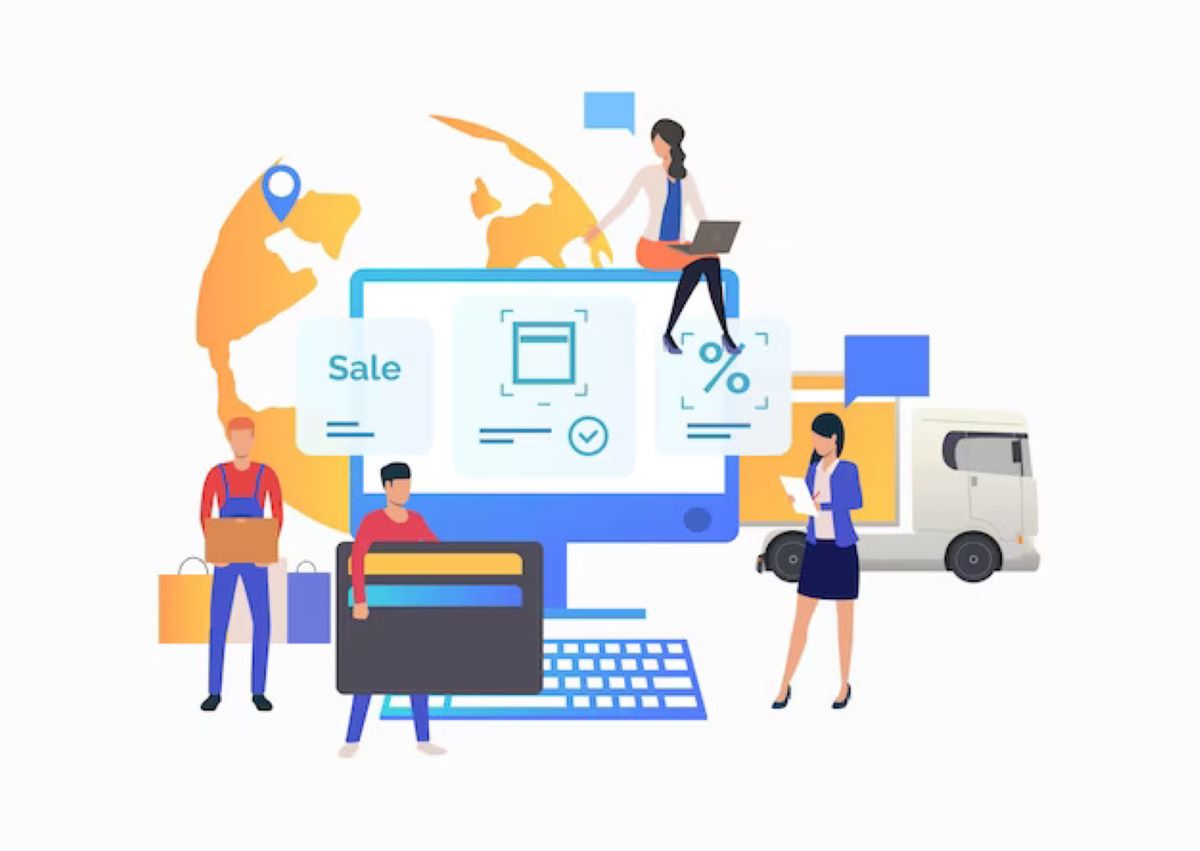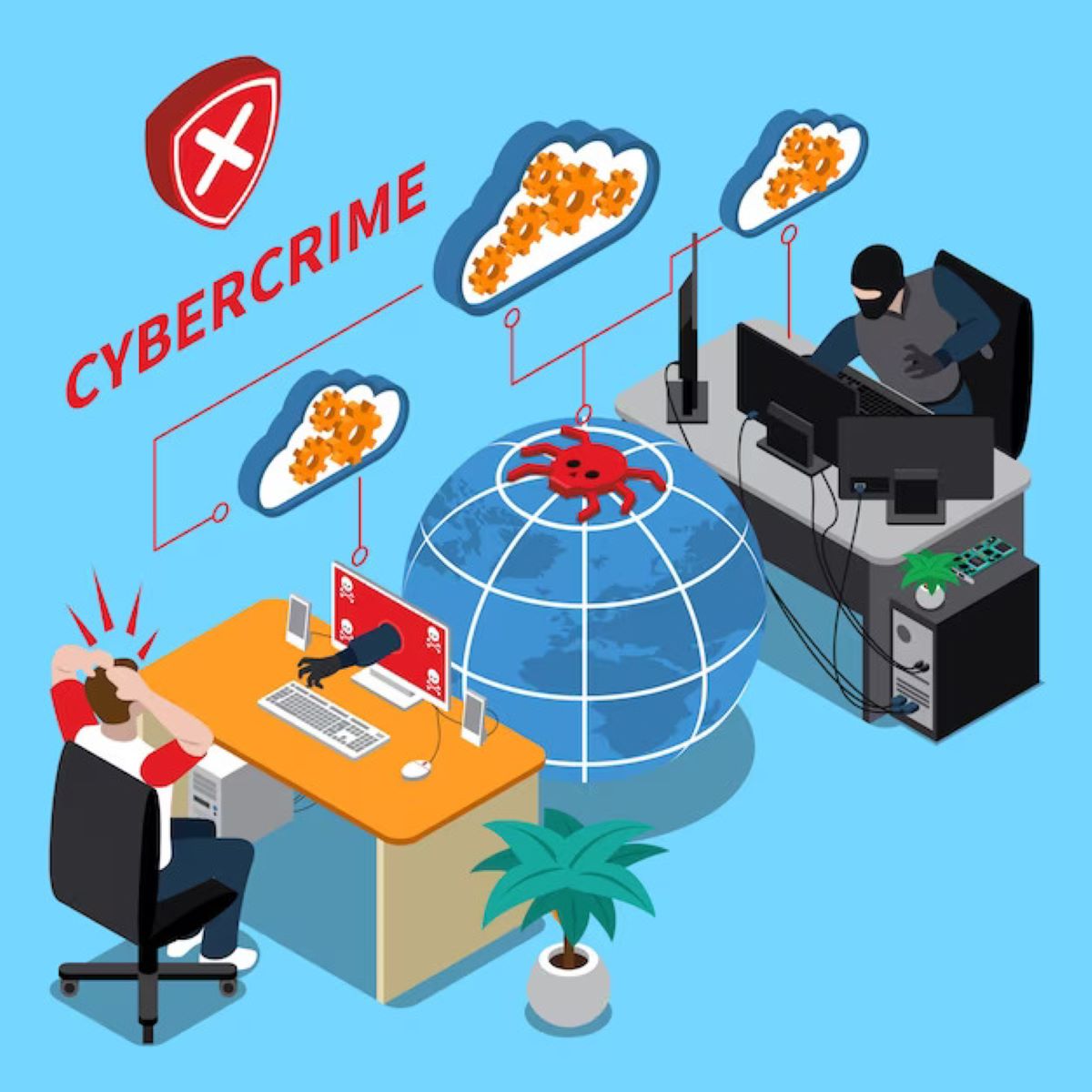Understanding and Mitigating Supply Chain Attacks
In the increasingly interconnected world of today, businesses rely heavily on intricate supply chains to deliver products and services. However, this interconnectedness comes with its own set of risks, especially in the form of supply chain attacks. These attacks have become more sophisticated, targeting organizations of all sizes and industries. In this blog, we will delve into recent supply chain attack incidents, analyze their impact, and discuss strategies to mitigate such risks.
Recent Supply Chain Attacks
1. Solar Winds Orion Hack (2020):
Overview: In one of the most significant supply chain attacks, malicious actors compromised the software build process of SolarWinds Orion, a widely used IT management tool.
Impact: The attackers inserted a backdoor into the software, affecting thousands of organizations, including government agencies and Fortune 500 companies.
Lessons Learnt: It highlighted the vulnerability of software supply chains and the need for rigorous code integrity checks.

2. Kaseya VSA Supply Chain Attack (2021):
Overview: Cybercriminals exploited a vulnerability in the Kaseya VSA software, a remote monitoring and management tool used by Managed Service Providers (MSPs).
Impact: The attackers demanded a ransom after encrypting the files of hundreds of businesses worldwide, showcasing the potential widespread consequences of such attacks.
Lessons Learnt: Regularly patching and updating software is crucial to prevent exploitation of known vulnerabilities

Mitigating Supply Chain Attacks
- Vendor Risk Management
i. Perform thorough due diligence when selecting vendors, assessing their security practices and supply chain security.
ii. Regularly audit and monitor vendors to ensure ongoing compliance with security standards. - Code Integrity and Software Assurance:
i. Implement robust code review processes to detect and prevent malicious code injections during development.
ii. Utilize code signing and digital certificates to verify the authenticity of software updates. - Continuous Monitoring and Incident Response:
i. Employ continuous monitoring solutions to detect unusual activities or anomalies within the network.
ii. Develop and regularly test incident response plans to ensure a swift and effective response in case of a supply chain attack. - Zero Trust Architecture:
i. Adopt a zero-trust approach by verifying and validating every user, device, and application attempting to access the network.
ii. Implement least privilege access to restrict unnecessary permissions, reducing the impact of a potential breach. - Employee Training and Awareness:
i. Educate employees on the risks associated with phishing and social engineering attacks, as these are often entry points for supply chain attacks.
ii. Encourage a culture of cybersecurity awareness and report suspicious activities promptly.

Conclusion
Supply chain attacks pose a significant threat to organizations worldwide, requiring a comprehensive and proactive approach to mitigate risks. By adopting robust security measures, continuously monitoring networks, and fostering a cybersecurity-aware culture, businesses can strengthen their defenses against the shadowy forces attempting to exploit vulnerabilities in the interconnected web of supply chains.







